What are pup joints?
Introduction
In the intricate world of oil and gas extraction, various components and tools play crucial roles in ensuring the efficiency and safety of the operations. One such component that holds a significant place in the industry is the pup joint. Also known as saver sub, spacer, and pup, a pup joint is a short casing or tubing used for handling production tubing assemblies and spacing out full-length tubing and casing strings. In this comprehensive guide, we will delve into the specifics of puppy joints, exploring their functions, types, manufacturing processes, and applications in the oil and gas sector.
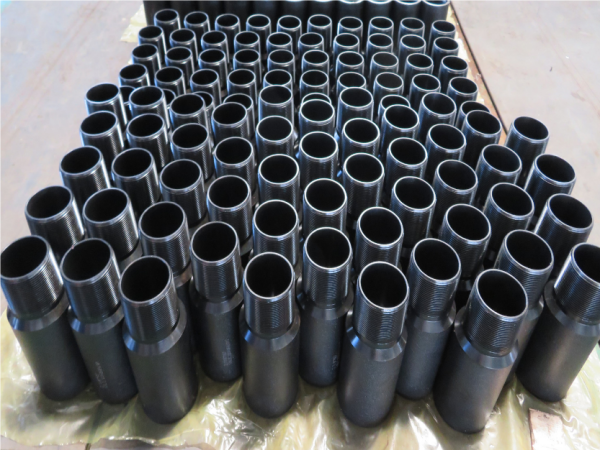
I. The Basics of Pup Joints
A. Definition and Purpose
A pup joint is essentially a short, interchangeable piece of casing or tubing that serves multiple purposes in the oil and gas industry. Its primary function is to provide a means of connecting and spacing out tubing strings, ensuring proper alignment and support within a wellbore. Pup joints are strategically placed within a tubing assembly to address specific operational requirements, allowing for flexibility and adaptability in various well conditions.
B. Terminology and Nomenclature
The term "pup joint" is used interchangeably with other names such as saver sub, spacer, and pup. These names highlight the key roles the component plays, with "saver sub" emphasizing its protective function, "spacer" indicating its role in maintaining proper spacing, and "pup" simply being a shortened form of the term.
II. Types of Pup Joints
A. Based on Functionality
1.Saver Subs
Saver subs, as the name suggests, are pup joints designed to protect the tubing string from wear and damage. They are often used in critical areas where the tubing is exposed to abrasive substances or harsh downhole conditions. Saver subs are typically made from durable materials that can withstand abrasion, corrosion, and other forms of mechanical stress.
2.Spacers
Pup joints used for spacing out tubing and casing strings are commonly referred to as spacers. These components are crucial for maintaining proper wellbore geometry, preventing buckling or collapse of the tubing, and facilitating the installation of other downhole tools. Spacers come in various lengths and are selected based on the specific spacing requirements of the well.
B. Based on Design and Construction
1.Straight Pup Joints
Straight pup joints are the most common type and are characterized by a uniform diameter throughout their length. They are used when a consistent tubing size is required in the wellbore.
2.Tapered Pup Joints
Tapered pup joints, on the other hand, have a varying diameter along their length. This design is employed when there is a need for a gradual change in tubing size within the well. Tapered pup joints are often used in situations where the wellbore conditions demand a smooth transition between different tubing sizes.
III. Manufacturing Processes
A. Materials Used
Pup joints are typically constructed from materials that can withstand the harsh conditions encountered in oil and gas wells. Common materials include various grades of steel, such as carbon steel, alloy steel, and stainless steel. The choice of material depends on factors such as wellbore conditions, corrosion resistance requirements, and the specific function of the puppy joint.
B. Heat Treatment
To enhance the mechanical properties and durability of puppy joints, heat treatment processes are often employed. Heat treatment involves subjecting the material to controlled heating and cooling cycles to achieve desired hardness, strength, and toughness. This step is crucial in ensuring that the puppy joint can withstand the demanding downhole conditions it will encounter.
C. Threaded Connections
Pup joints are equipped with threaded connections on both ends to facilitate easy installation and removal. The threading process involves precision machining to create standardized threads that can securely connect with other components in the tubing string. Common thread types include API (American Petroleum Institute) threads, which are widely used in the industry.
IV. Applications of Puppy Joints
A. Well Completion and Workover Operations
Pup joints play a vital role in well completion and workover operations. During the installation of tubing strings, pup joints are used to connect and space out the tubing sections, ensuring proper alignment and support. They also find application in workover operations where existing wells are re-entered and maintenance or remedial work is performed.
B. Tubing String Adjustment
In situations where adjustments to the tubing string are necessary, pup joints provide a practical solution. For example, if a section of tubing needs to be replaced or if a change in tubing size is required, puppy joints with the appropriate specifications can be used to achieve the desired configuration.
C. Protection and Spacing
The protective function of saver subs is particularly important in wells where the tubing is exposed to abrasive materials or corrosive fluids. Saver subs help extend the lifespan of the tubing string by shielding it from wear and damage. Spacers, on the other hand, ensure proper spacing between tubing and casing strings, preventing interference and maintaining the integrity of the wellbore.
V. Challenges and Considerations
A. Corrosion and Wear
Given the harsh downhole conditions, puppy joints are susceptible to corrosion and wear over time. Manufacturers and operators must carefully select materials and coatings that can withstand the specific corrosive elements present in the well fluids.
B. Compatibility and Standardization
Ensuring the compatibility of puppy joints with other components in the tubing string is crucial for successful well operations. Standardization of thread types and sizes, in accordance with industry norms such as API standards, helps in achieving seamless connections and preventing operational issues.
C. Downhole Environment
The downhole environment presents various challenges, including high temperatures, high pressures, and exposure to corrosive fluids. Puppy joints must be designed and manufactured to withstand these conditions, and their performance should be regularly monitored during well operations.
VI. Future Trends and Innovations
A. Advanced Materials
Continued research and development in materials science are likely to lead to the adoption of advanced materials with enhanced corrosion resistance, wear resistance, and overall durability. This can contribute to extending the lifespan of puppy joints and reducing the frequency of replacements.
B. Smart and Connected Pup Joints
The integration of sensors and communication technologies into puppy joints could enable real-time monitoring of downhole conditions. Smart pup joints could provide valuable data on factors such as temperature, pressure, and wear, allowing operators to make informed decisions and optimize well performance.
C. Automation in Manufacturing
Advancements in automation technologies are expected to impact the manufacturing processes of puppy joints. Automated machining and assembly processes can enhance precision, reduce production costs, and improve overall efficiency in delivering high-quality puppy joints to the market.
Conclusion
In conclusion, pup joints play a crucial role in the oil and gas industry, contributing to the efficient and safe extraction of hydrocarbons from the earth. As short casings or tubing sections, these components provide the necessary support, spacing, and protection within the wellbore. Understanding the types, manufacturing processes, applications, and challenges associated with pup joints is essential for operators and industry professionals seeking to optimize well performance and ensure the longevity of their equipment. As technology continues to advance, the oil and gas sector can expect further innovations in pup joint design and manufacturing, contributing to the overall evolution of well completion and production practices.






 English
English Español
Español بالعربية
بالعربية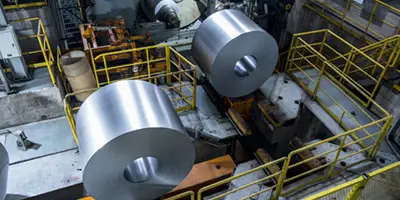

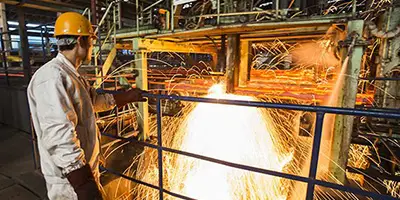
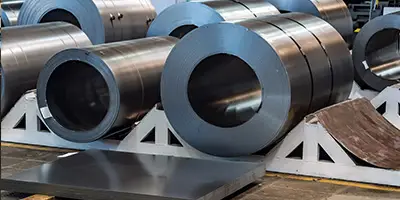

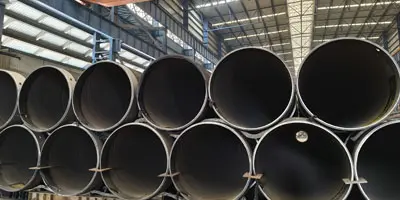

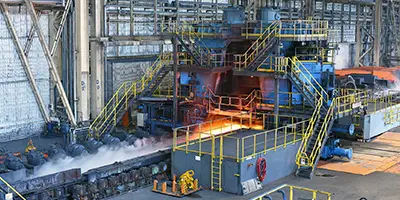
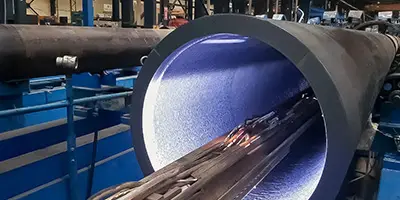
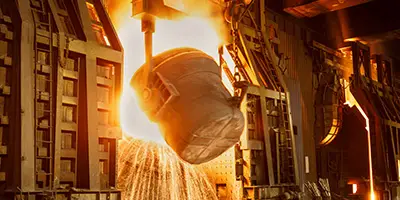


 Phone :
Phone :  Whatsapp :
Whatsapp :  Email :
Email : 


